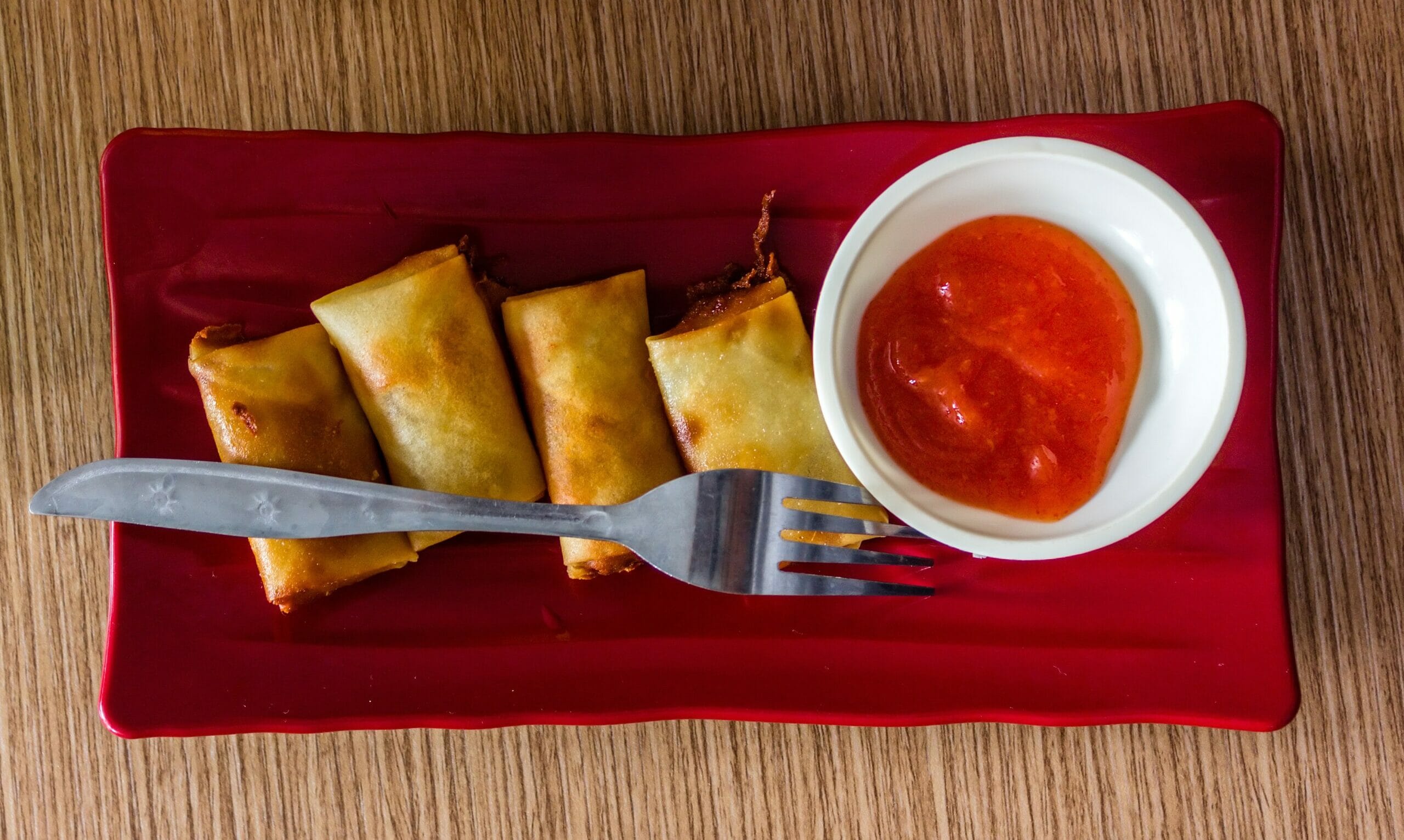Lumpia, a traditional Filipino spring roll. (Wikimedia Commons)
According to the 2010 US Census, America is home to 3.4 million Filipino-American citizens, who account for just over 1% of our population. Since 1991, America has celebrated our Filipino population with Filipino-American History Month, which takes place in October.
Filipino-American History Month has taken up many themes since its official recognition, including “Pinay Visionaries: Celebrating Filipina American Women” in 2019, and “Turning Points,” which commemorated events that changed the lives of Filipino-Americans in the United States in 2018.
This October, the Filipino-American National History Society (FANHS) chose “History of Filipino-American Activism” as 2020’s theme to bring awareness to Filipino Americans’ countless contributions to activist movements across multiple decades.
According to FANHS, Filipino-Americans were involved in the Hawaii Sugar Plantation Strikes of 1946, the United Farmworkers Movement of the 1960s, and, more recently, the Washington Yakima Strikes by fruit packers in 2020.
The Philippines has a rich cultural history, as the area has been impacted by Asian, American, and Spanish-Catholic influences. This cultural diversity allows Filipino and Filipina Activists to empathize with the plights of other groups: Filipino-American activists have supported other social justice movements, such as the Black Lives Matter movement, the Environmental Justice movement, and the movement for LGBTQ rights, in recent years.
The same fusion of cultures present in the Philippines that allows Filipino-Americans to better empathize with others also shines clearly in traditional Filipino cuisine, which is made up of dishes that draw inspiration from different regions of the world.
Although it is more challenging to celebrate Filipino-American History Month by attending festivals or visiting restaurants this year, one of the best ways to appreciate Filipino culture from home is through the heart of any culture: food.
One popular Filipino household dish is Lumpia, or Filipino Spring Rolls. With origins from Chinese traders, Lumpia is commonly served at birthday parties, weddings, and other group celebrations. The most well-known version of this recipe has a pork filling, but additional traditional fillings include banana hearts, mixed vegetables, sweetened plantain, or jackfruit.
Another staple to Filipino culture is Pandesal, which can be traced to the Philippines’ Spanish colonial period. The dish became popular in the 1600s when colonists brought wheat flour to the region, and it has gradually grown into a Filipino dietary staple. Despite the cultural differences throughout different areas in the Philippines, Filipinos in all corners of the nation enjoy plain Pandesal with coffee or hot chocolate at breakfast or with beef filling for an afternoon snack.
Even though the White House has not commemorated Filipino American History Month since the last year of the Obama administration in 2016, this does not discount the importance of appreciating the unique ethnic diversity that America has to offer. Celebration does not come from the top, and it is hugely important that every ethnic group, whether big or small, feels respected in our nation. Feelings of togetherness originate among citizens, and we must come together during these trying times to respect each other.
Try this Lumpia recipe or this Pandesal recipe in honor of Filipino-American History Month!








